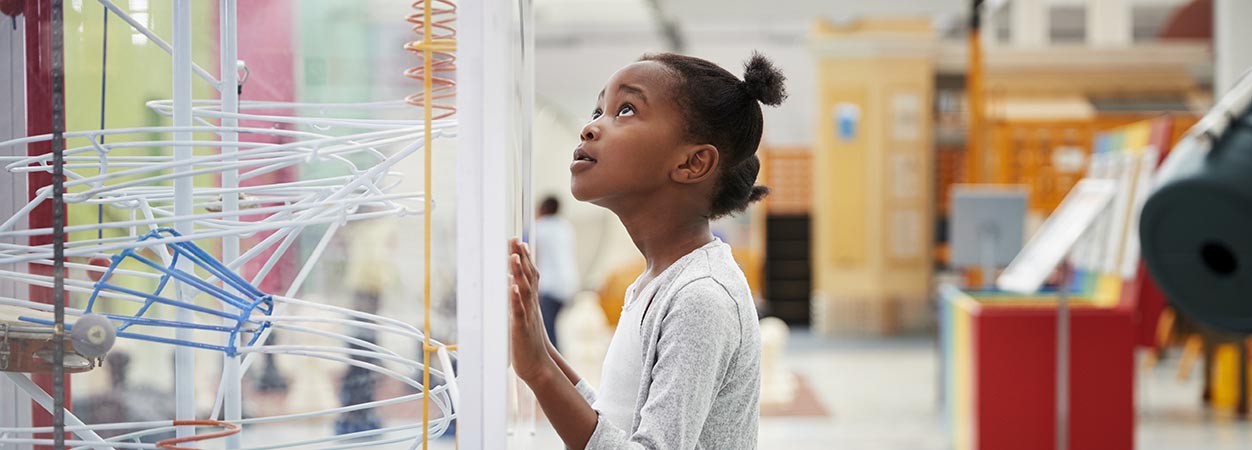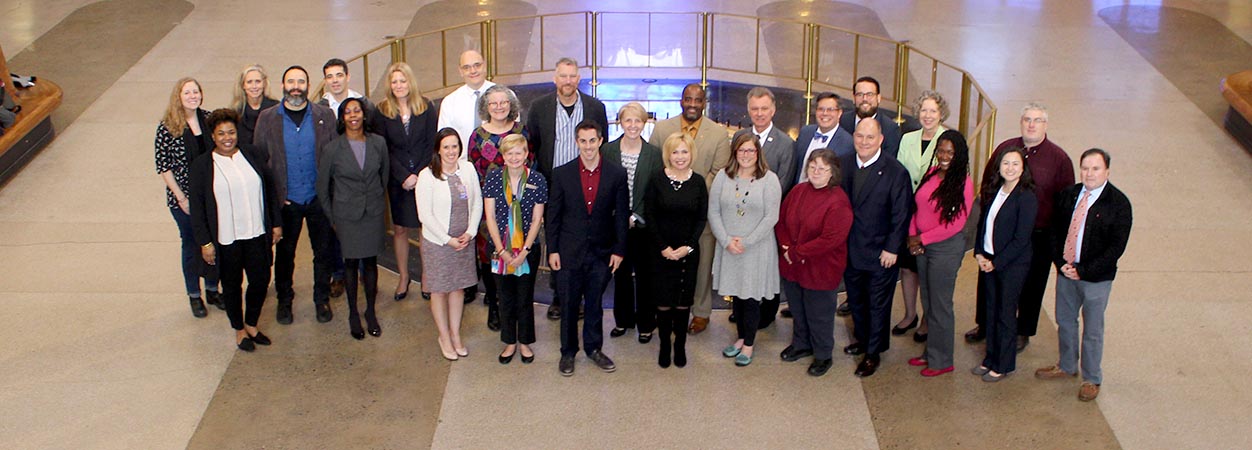SOE launches center focused on K-12 STEM education
The Center for Innovation in STEM Education will focus on serving underrepresented populations in Richmond-area school districts.
By Brian McNeill, University Public Affairs, 804-827-0889, bwmcneill@vcu.edu
Monday, February 17, 2020

The School of Education at Virginia Commonwealth University is creating a new center that will coordinate efforts across VCU and with Richmond-area school divisions to advance innovative and culturally responsive K-12 science, technology, engineering and math education.
The Center for Innovation in STEM Education aims to empower students, particularly those from historically underrepresented and underserved populations, and the teachers who serve them to engage in STEM learning experiences and become aware of STEM career opportunities.
The center’s primary focus will be on serving populations underrepresented in K-12 STEM in Richmond City Public Schools, Hopewell City Public Schools, Colonial Heights Public Schools, Petersburg City Public Schools, as well as high need schools in sections of Henrico County Public Schools and Chesterfield County Public Schools.
“We will leverage the resources, assets and talent of VCU to bring high-impact experiences for those that need it most,” said Al Byers, Ph.D., interim executive director of the center and STEM education visiting scholar at the School of Education. “We will infuse culturally responsive teaching practices and strategies that heretofore have failed to address the documented achievement gaps in diverse audiences pursuing college and career opportunities in STEM, such as [underrepresented minorities], including women.”
The center will be located at the Science Museum of Virginia as part of a partnership between the Museum and the VCU School of Education with a goal to collaborate in outreach and research, building on strengths and capacity at both entities.
The center is being created amid a national crisis in science, technology, engineering and math fields because of a decrease in students — particularly those from underrepresented and underserved populations — who are pursuing STEM careers, Byers said.

Nationally, only 15% or fewer of subgroups such as African Americans, Hispanics, Native Americans and women earn undergraduate degrees in STEM. African Americans and Hispanics, which together represent around 30% of the U.S. population, constitute only 12% of students pursuing undergraduate STEM degrees and only 3% of the STEM workforce in science, math and engineering.
According to the National Center for Education Statistics, 48% of students who enter college with STEM majors leave before graduation, and African American students are the most likely ethnic group to drop out (29%) or change to non-STEM majors (36%).
“If students are not completing STEM-centric undergraduate degrees, they are omitted from pursuing greater STEM workforce opportunities,” said Byers, a former aerospace education specialist for the NASA Goddard Space Flight Center and a former graduate student research fellow for the NASA Langley Research Center. “This leads to a troubling and significant gap among these underrepresented groups, which limits their participation in many well-paid, high-growth professions, and stifles our nation’s benefits of their perspectives, talents and creativity.”
The Center for Innovation in STEM Education is aiming to increase diversity in STEM by starting at the K-12 levels and by intentionally incorporating culturally relevant and research-based strategies within classroom instruction. It will be an outward-facing community-aligned center, but will also contribute to research-based innovations in STEM education, Byers said.
It will seek to engage students in hands-on exploration, making sense of science phenomenon and generating engineering solutions to locally authentic challenges in the world in which they live, he said. It will aim to inspire more intrinsically motivated learning of STEM concepts at a deeper level and learning that is more flexible, transferable and relevant, expose students to college and career options in STEM areas for more advanced pursuits, and prepare students to be more actively engaged and informed STEM-literate citizens.
“Students in the immediate future will be wrestling with challenges and opportunities such as reductions in biodiversity, climate change, clean oceans, energy sustainability, vulnerabilities of the internet, emerging and reemerging infectious diseases, economic growth and space exploration,” he said. “There are benefits and trade-offs in these STEM-infused issues and, as such, it is paramount we help students successfully analyze, evaluate and enact their collective response beyond their formative years.
“This is why STEM education is of critical importance and why the Center for Innovation in STEM Education is needed now more than ever,” Byers said.